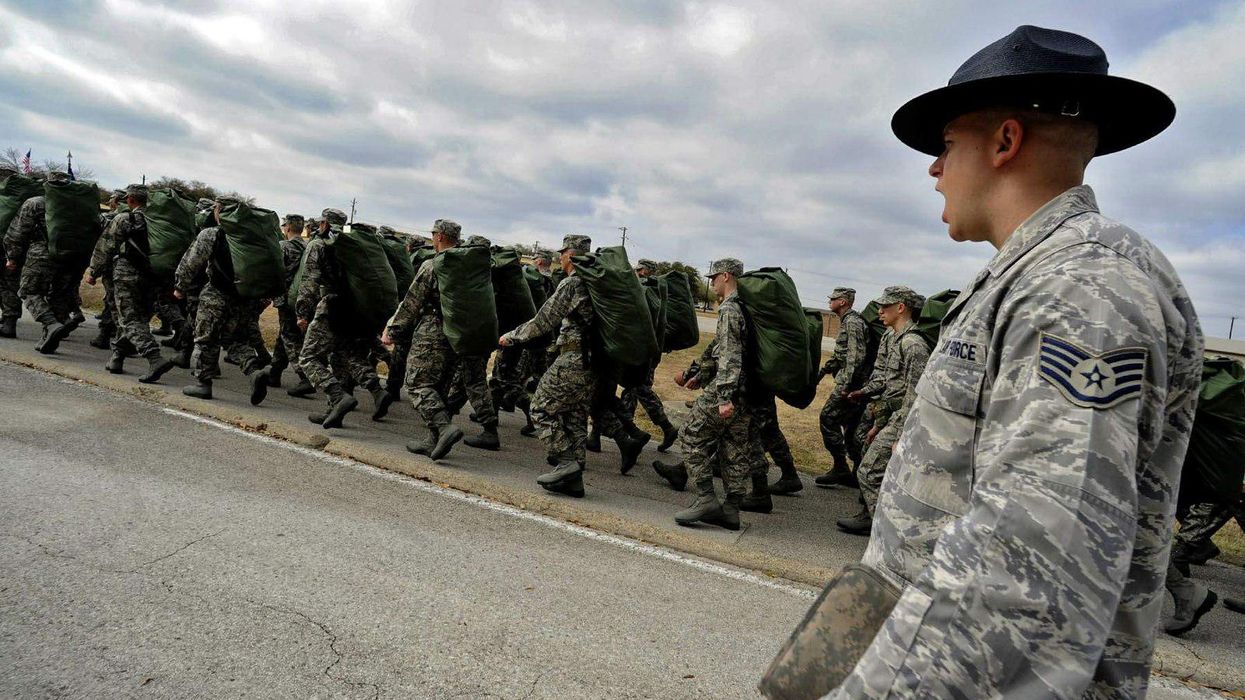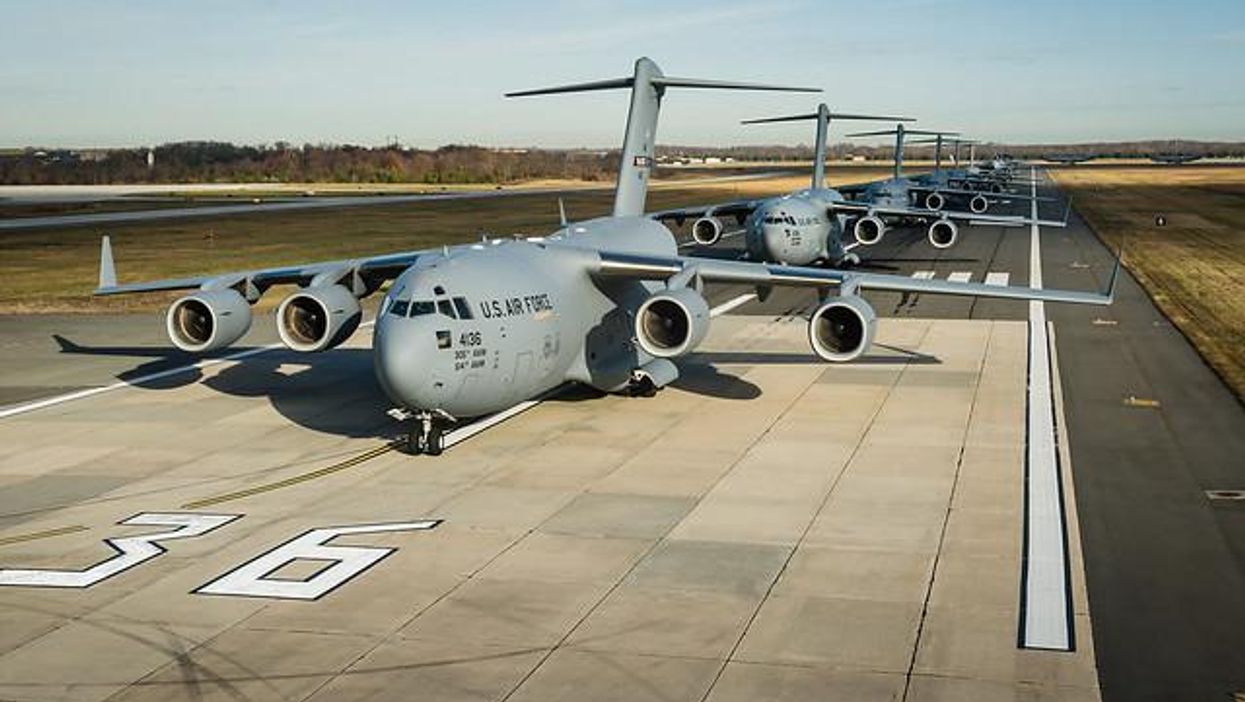'A Very Bad Idea': $400M Qatari Airliner Gift Unnerves Republicans
'ABC News on Sunday reported President Donald Trump is poised to accept “what may be the most valuable gift ever extended to the United States from a foreign government” — “a super luxury Boeing 747-8 jumbo jet from the royal family of Qatar” to be used “as the new Air Force One until shortly before he leaves office, at which time ownership of the plane will be transferred to the Trump presidential library foundation.”
According to ABC News, “the gift is expected to be announced next week” after “lawyers for the White House counsel's office and the Department of Justice drafted an analysis for Defense Secretary Pete Hegseth concluding that is legal for the Department of Defense to accept the aircraft as a gift and later turn it over to the Trump library.”
As AlterNet reported Sunday, the proposed gift — which aviation industry experts told ABC is estimated to value "about $400 million” — stunned Democrats and journalists alike. But, as news of the plane plan proliferated on social media Sunday, even some Republicans were concerned about conflicts of interest arising from the proposal.
“I’m sure the podcasters who are deeply alarmed by foreign influence will be all over this,” National Review editor Philip Klein wrote Sunday on X.
“Call me a crazy RINO neocon, but I think it’s bad for the President of the United States to accept a $400 million ‘gift’ from an Islamist regime that funds terrorist organizations that murder Americans,” conservative writer and podcast host Ian Haworth argued.
Conservative radio host Erick Erickson agreed.
“The Qatari government is not our friend, cooperates with Iran and its proxies, and funds terrorism and pro-terror propaganda around the world,” Erickson wrote in a tweet Sunday.
The Bulwark podcast host Tim Miller suggested Trump’s interest in receiving a gift from Qatar undermines the president’s “anti-semitism initiative.” The Trump administration has threatened funding for private universities over what it claims is a failure of universities to address rampant antisemitism on campus.
“Hamas’ sugar daddies are giving Trump a fancy plane? I guess the admin’s anti-semitism initiative has some carve outs,” Miller wrote Sunday.
National Review commentator Stephen L. Miller offered a succinct analysis on reports of Trump’s gift from Qatar.
“That sounds like a very bad idea,” Miller wrote.
Reprinted with permission from Alternet.












